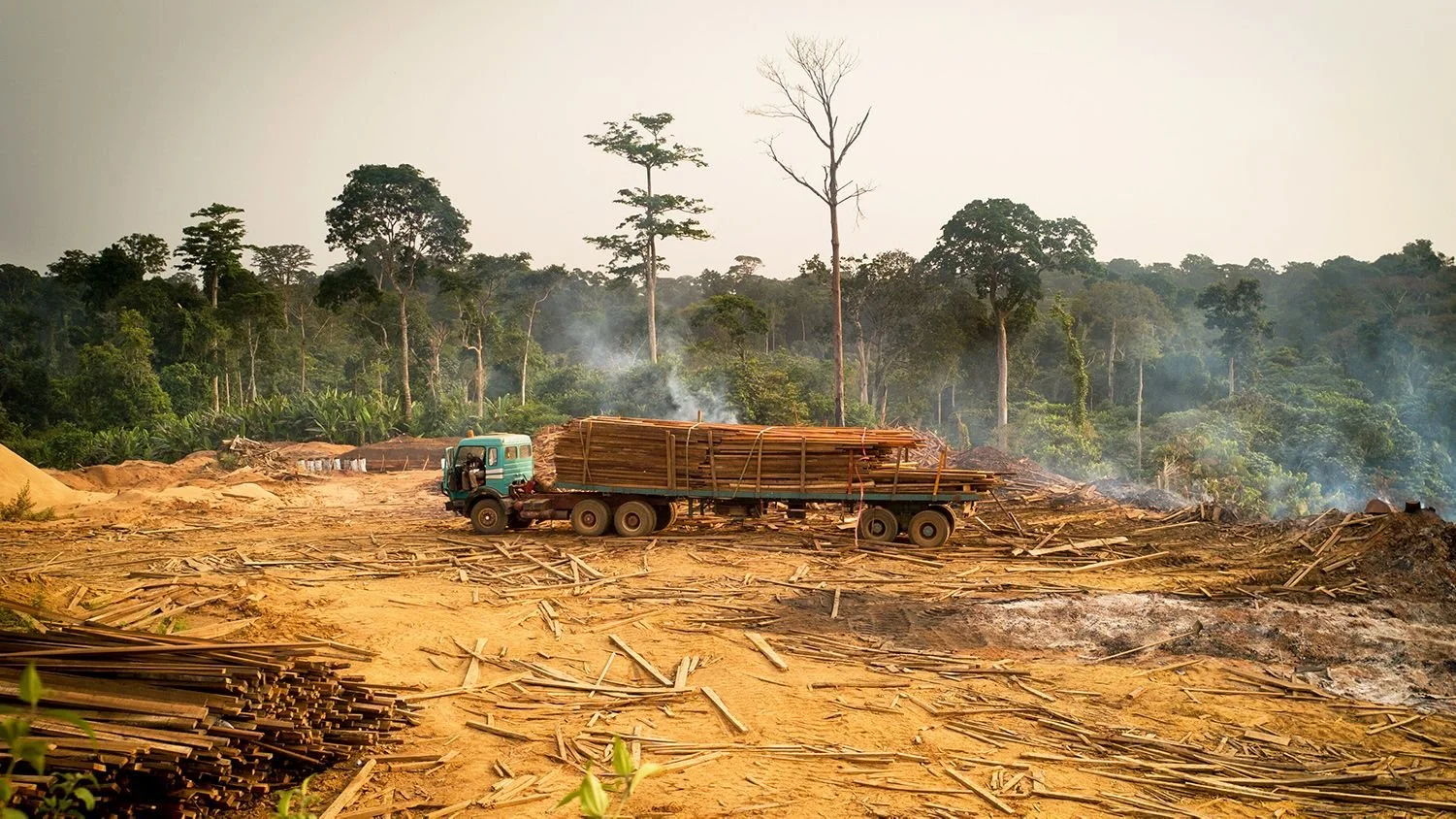Ipe and Cumaru Declared Endangered
A New Era for Sustainable Wood Sourcing
Turning Point for the Global Timber Industry
From endangered forests to future-forward wood
In a landmark move for sustainability, two of the world's most popular tropical hardwoods — Ipe (Handroanthus spp.) and Cumaru (Dipteryx spp.) — have been added to CITES Appendix II as of November 25, 2024.
This designation highlights the urgent need for sustainable wood sourcing and further validates Cambium’s mission to transform waste wood into powerful solutions for the built environment.
Why Are Ipe and Cumaru Now Protected?
Celebrated for their exceptional durability and decay resistance, Ipe and Cumaru have become the go-to decking and outdoor construction choices. However, their slow growth rates — with Ipe trees often reaching only 1–2 feet in diameter over 100 years — make them highly vulnerable to overharvesting.
Ipe trees are also keystone species, meaning even if you selectively harvest them,
the ecosystem around them collapses within 5 years.
The demand for these species has far outpaced natural regeneration, threatening vital forest ecosystems. Recognizing this imbalance, the Convention on International Trade in Endangered Species of Wild Fauna and Flora (CITES) added Ipe and Cumaru to Appendix II.
While the Appendix II listing doesn't signify that a species is currently endangered, it ensures that trade is regulated to prevent future endangerment. This proactive step is inspiring architects, builders, and designers to rethink material sourcing, with many turning to Cambium for carbon-negative salvaged wood solutions.
What This Means for the
Construction and Design Industries
The inclusion of Ipe and Cumaru under CITES Appendix II introduces new regulatory hurdles:
Strict Documentation Requirements: Importers and exporters must now secure permits for international shipments.
Potential Project Delays and Higher Costs: Added bureaucracy and supply uncertainty could strain project timelines and budgets.
Tariff Implications: Ongoing uncertainties around tariffs further complicate sourcing.
For architects, builders, and designers, this shift highlights the critical need for regionally sourced, trackable, and sustainable wood alternatives — materials that deliver performance and aesthetics without compromising the environment.
Why Regionally Salvaged and
Thermally Modified Wood Is the Future
As the industry adapts, thermally modified wood is emerging as a viable alternative. Through a chemical-free heat treatment process, salvaged wood becomes stronger, more durable, and naturally resistant to pests and decay, making it ideal for outdoor applications.
Home using Thermal Oak with decking, siding, and fencing
Thermal Oak on outdoor deck
At Cambium, we see this as an opportunity to champion thermally modified salvaged wood. These products outperform many tropical hardwoods and dramatically reduce environmental impact by utilizing wood that would otherwise go to waste.
The Bigger Picture: A Global Shift Toward Sustainability
The listing of Ipe and Cumaru signals a broader movement within construction and design: Sustainability is no longer optional — it's essential.
Material choices profoundly impact ecosystems, carbon emissions, and community resilience. By prioritizing sustainable wood sourcing, the industry can:
Protect endangered species and precious forests
Reduce carbon footprints
Support local economies
Build a resilient, regenerative future
At Cambium, we're proud to be at the forefront of this change, offering salvaged
and carbon-negative wood options for forward-thinking projects.
Ready to future-proof your building projects
with beautiful, durable, and sustainable materials?
FAQs
-
CITES Appendix II includes species that are not necessarily endangered now but may become so without regulated trade. It ensures that international commerce does not threaten their survival.
-
Due to extensive harvesting and slow growth rates, the popularity of Ipe and Cumaru outpaced their natural regeneration, risking long-term ecological damage. Their listing under CITES aims to prevent overexploitation through stricter trade controls.
-
Builders and designers may experience longer lead times, higher costs, and additional permitting requirements when sourcing Ipe and Cumaru. This is accelerating demand for sustainable, domestically sourced alternatives.
-
Thermally modified wood from salvaged sources offers durability, resistance to decay, and aesthetic appeal without the environmental costs of exotic hardwoods. Cambium specializes in carbon-negative wood solutions made from locally recovered materials.
-
Using salvaged wood reduces waste, lowers carbon emissions, supports circular economy principles, and saves our forests when we need them. It also ensures traceable sourcing, helping projects meet sustainability goals and certifications like LEED.





